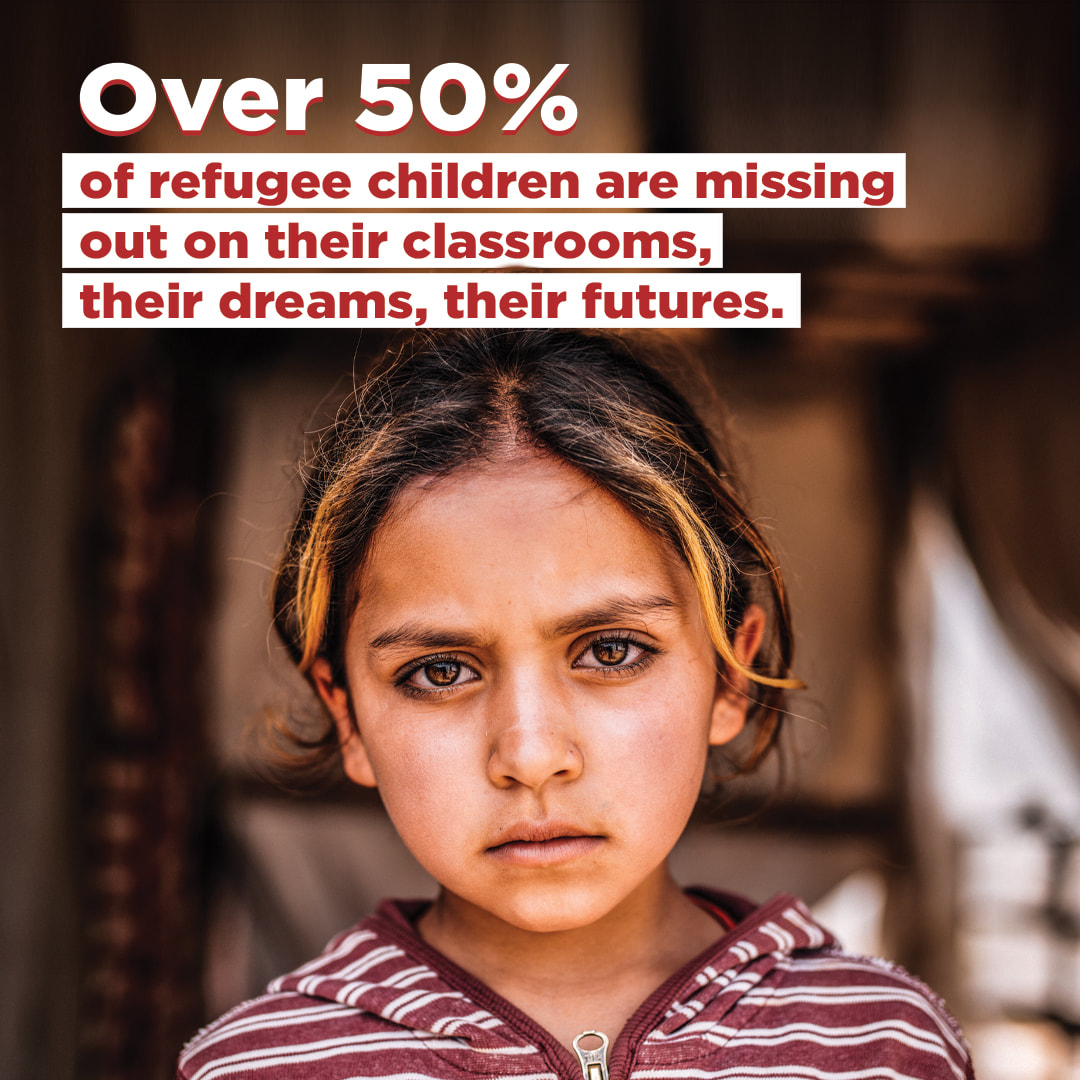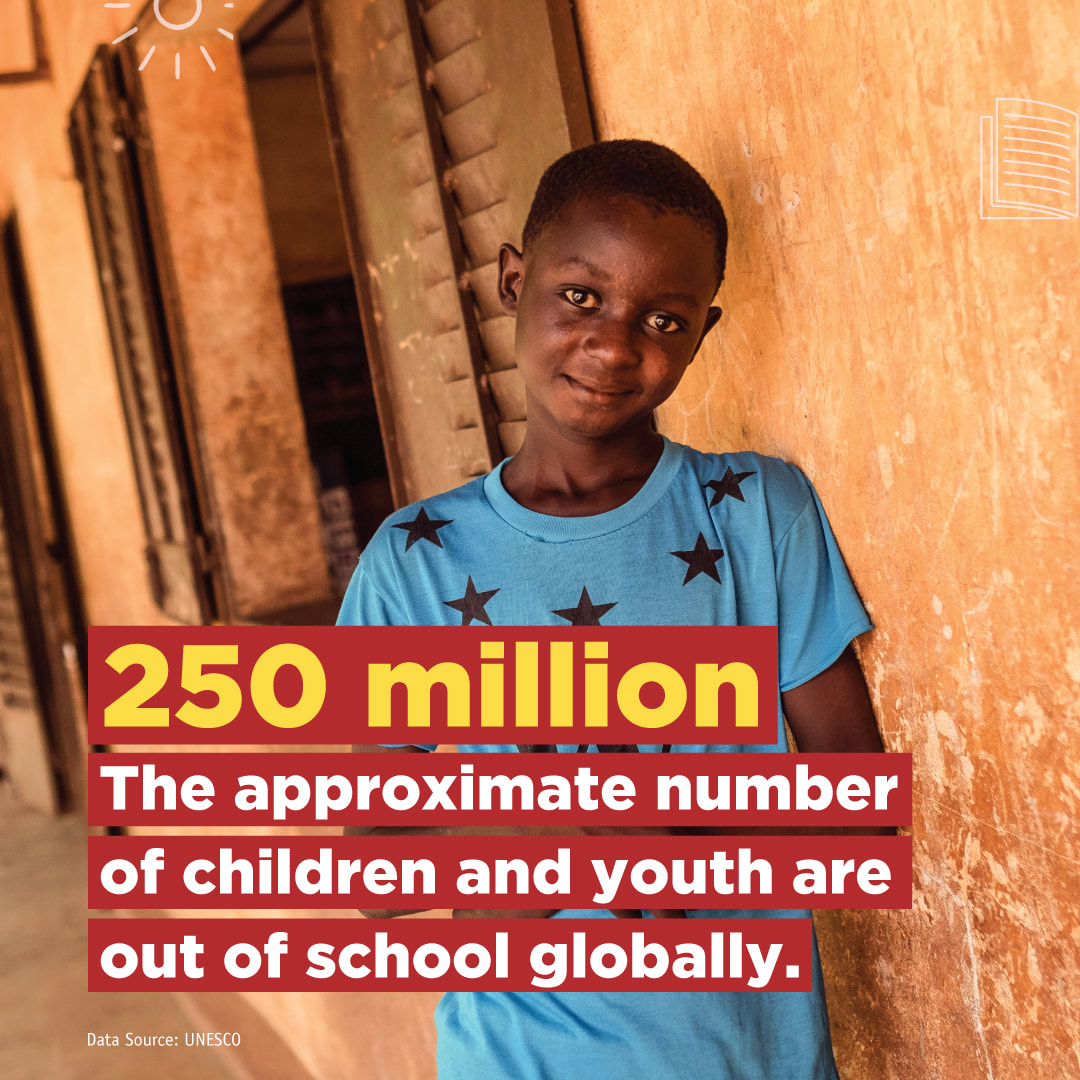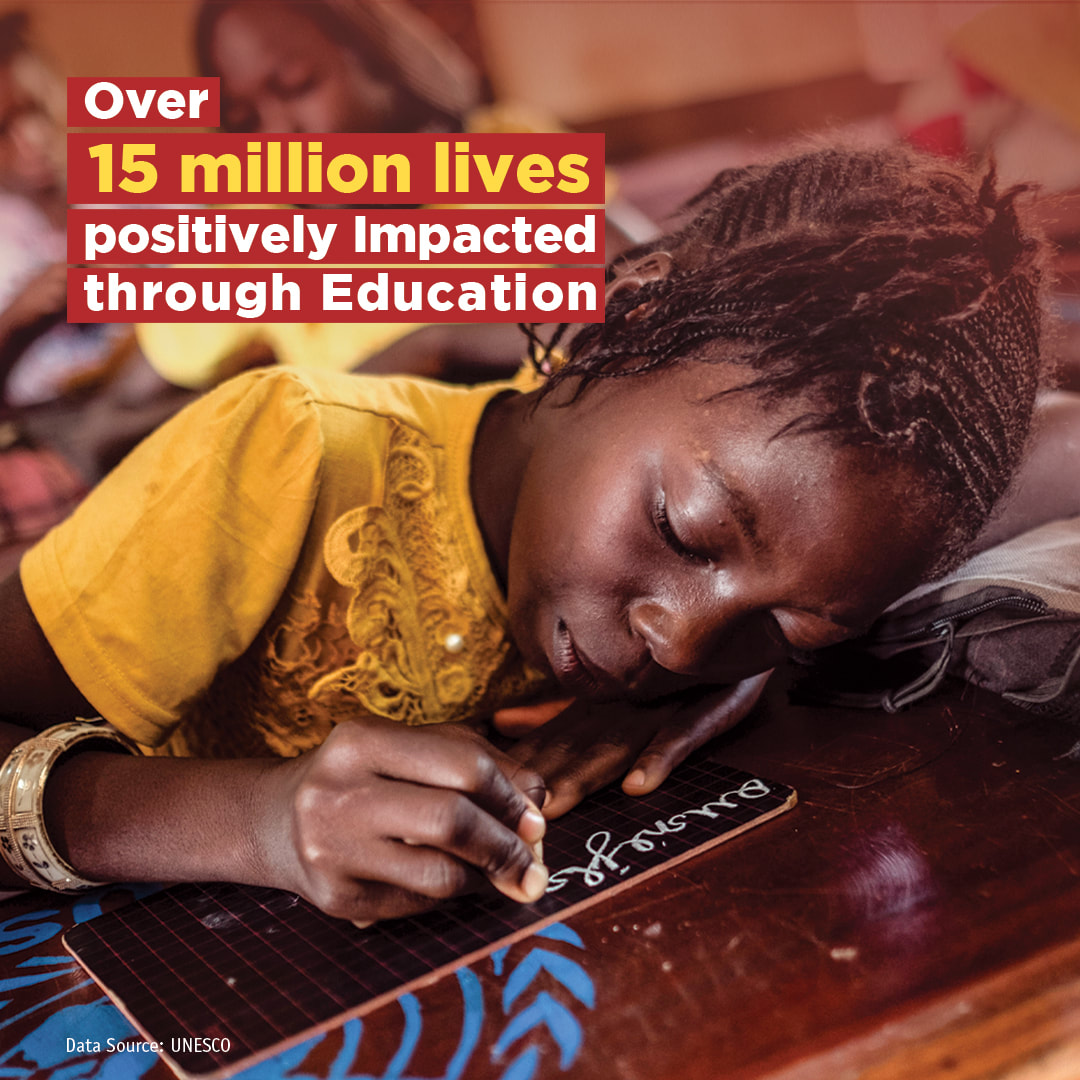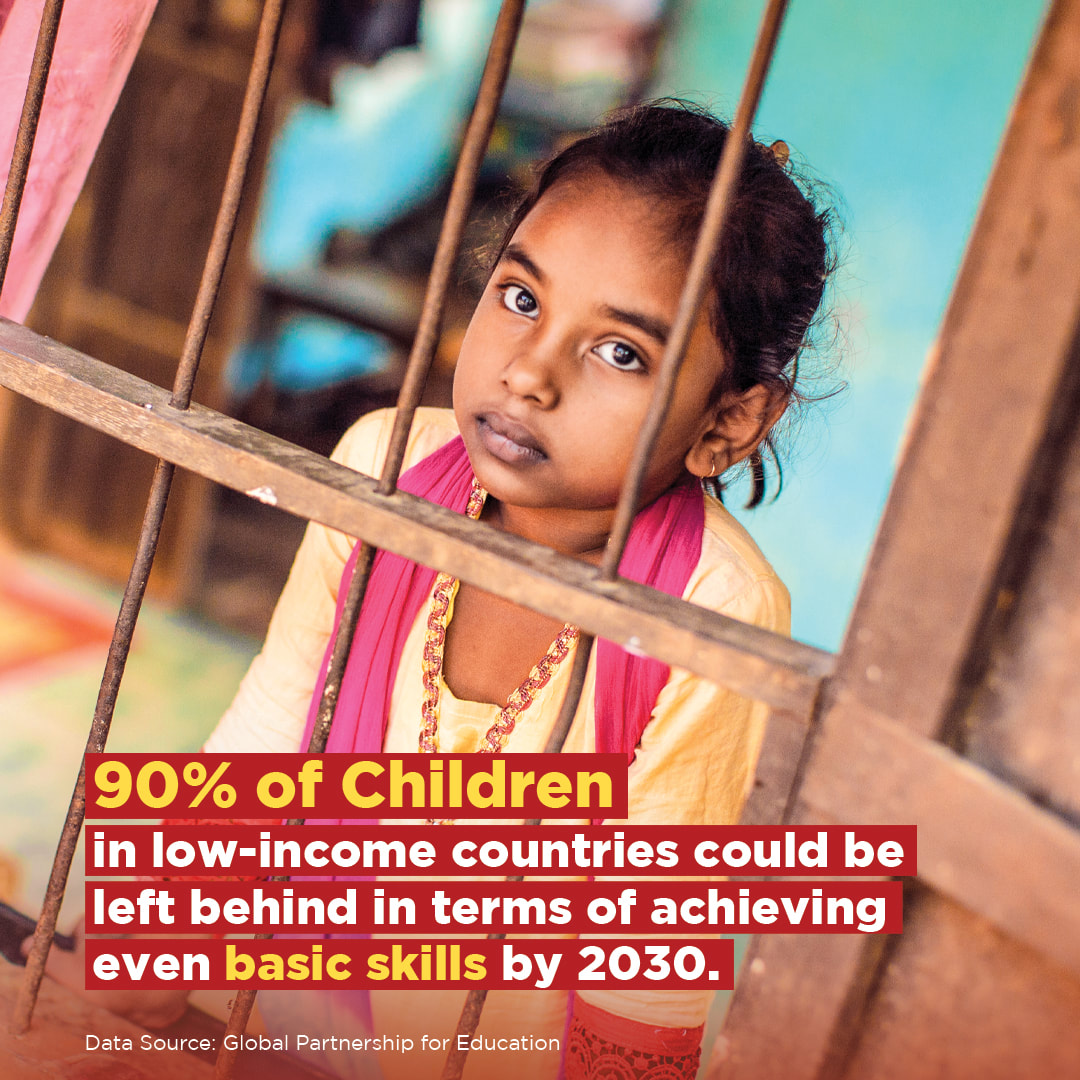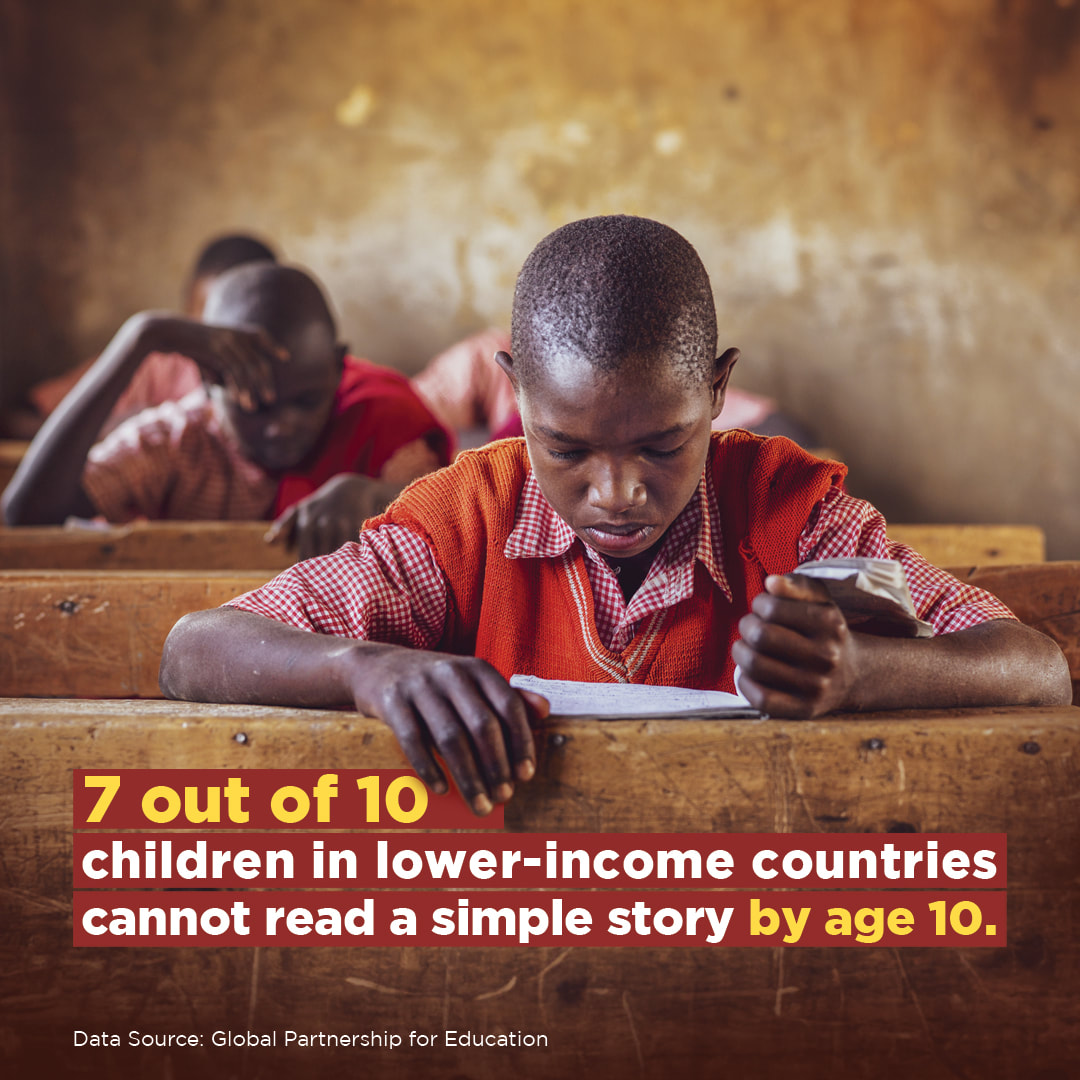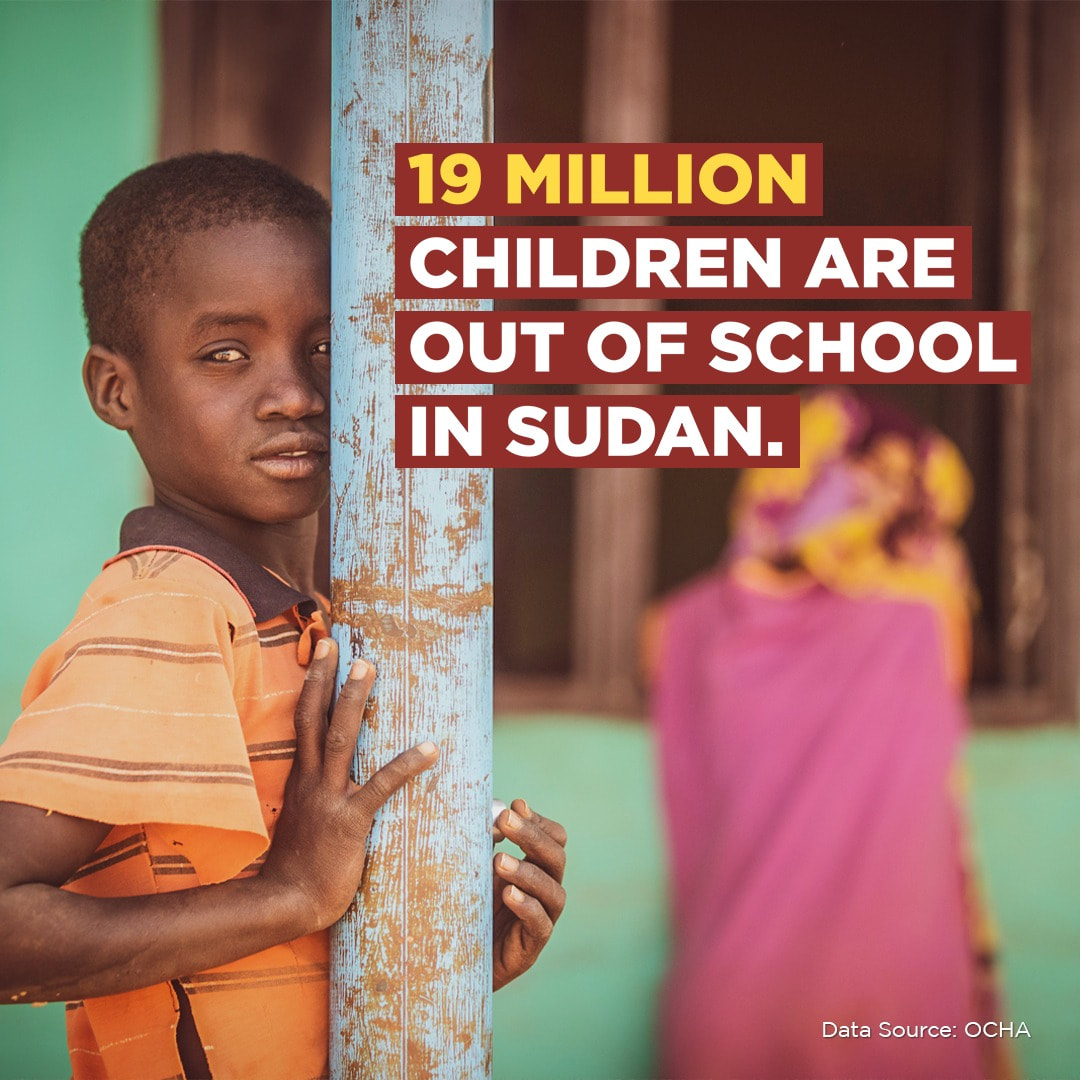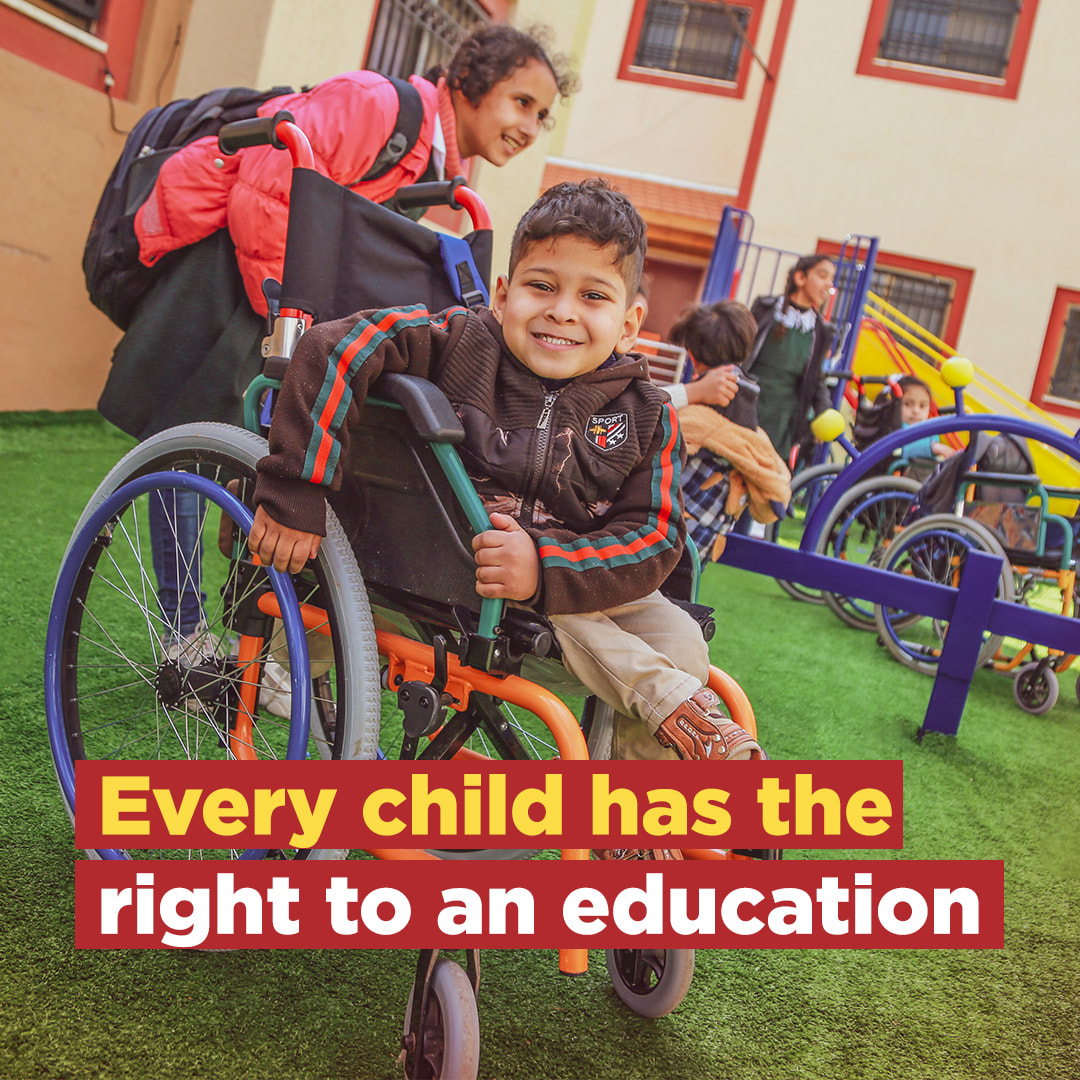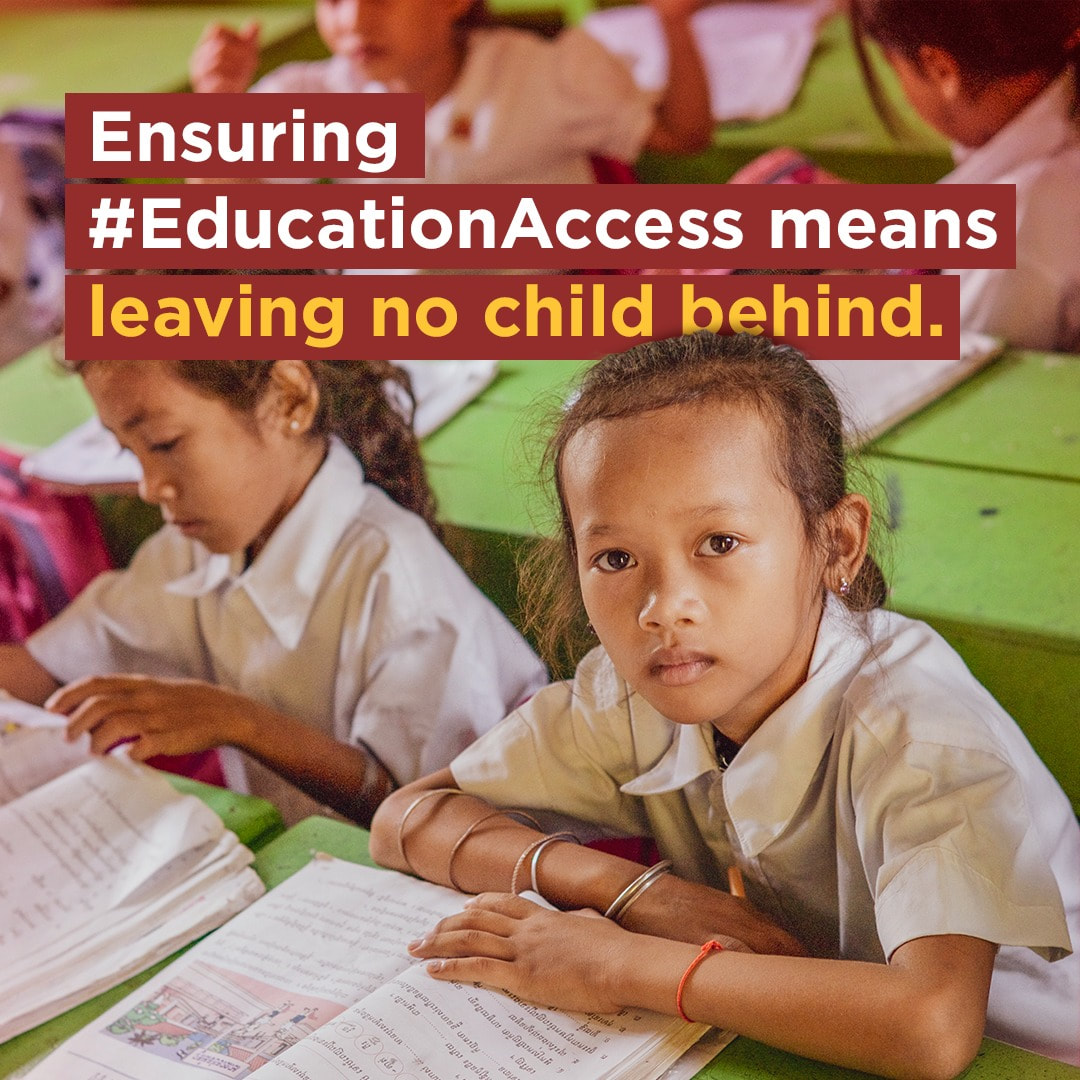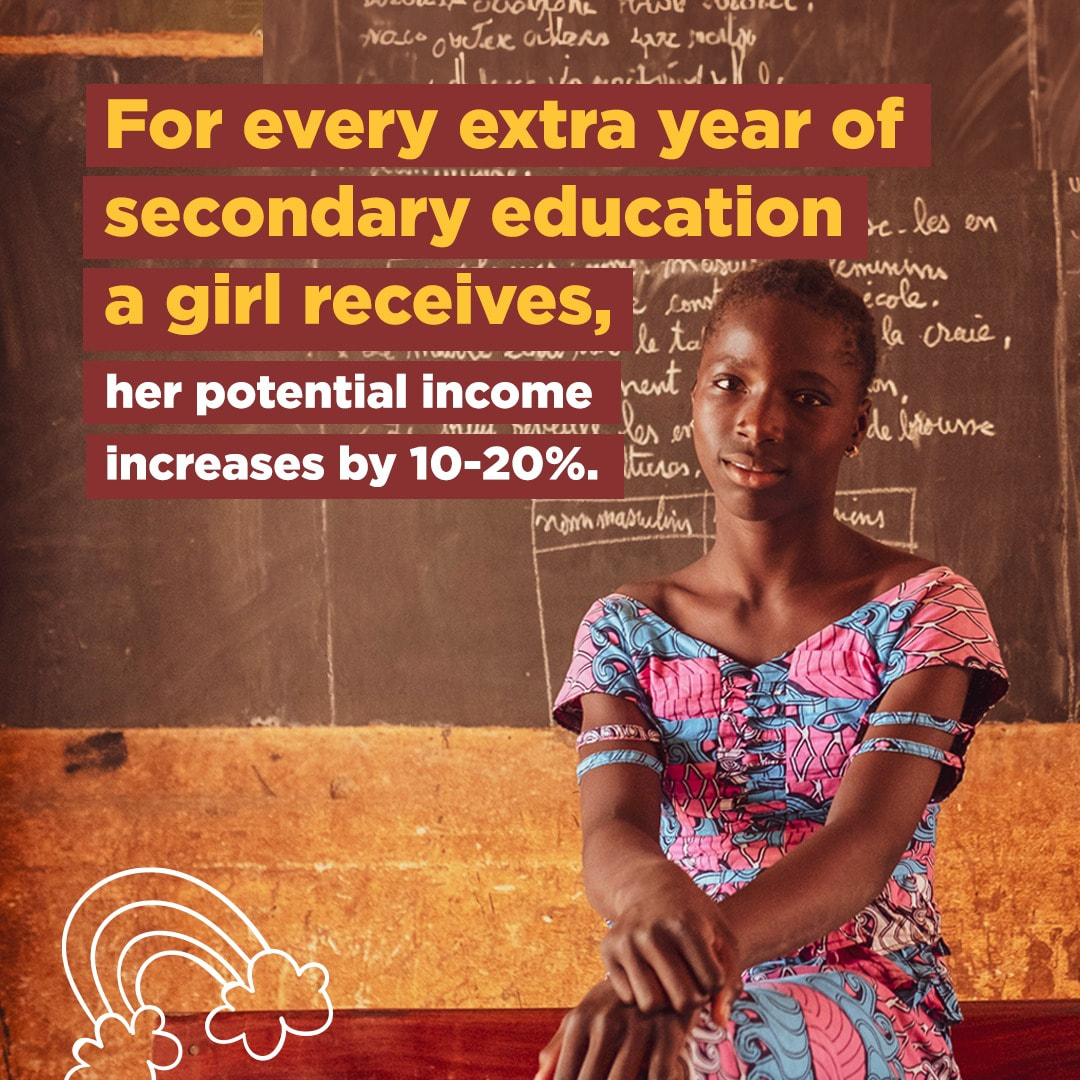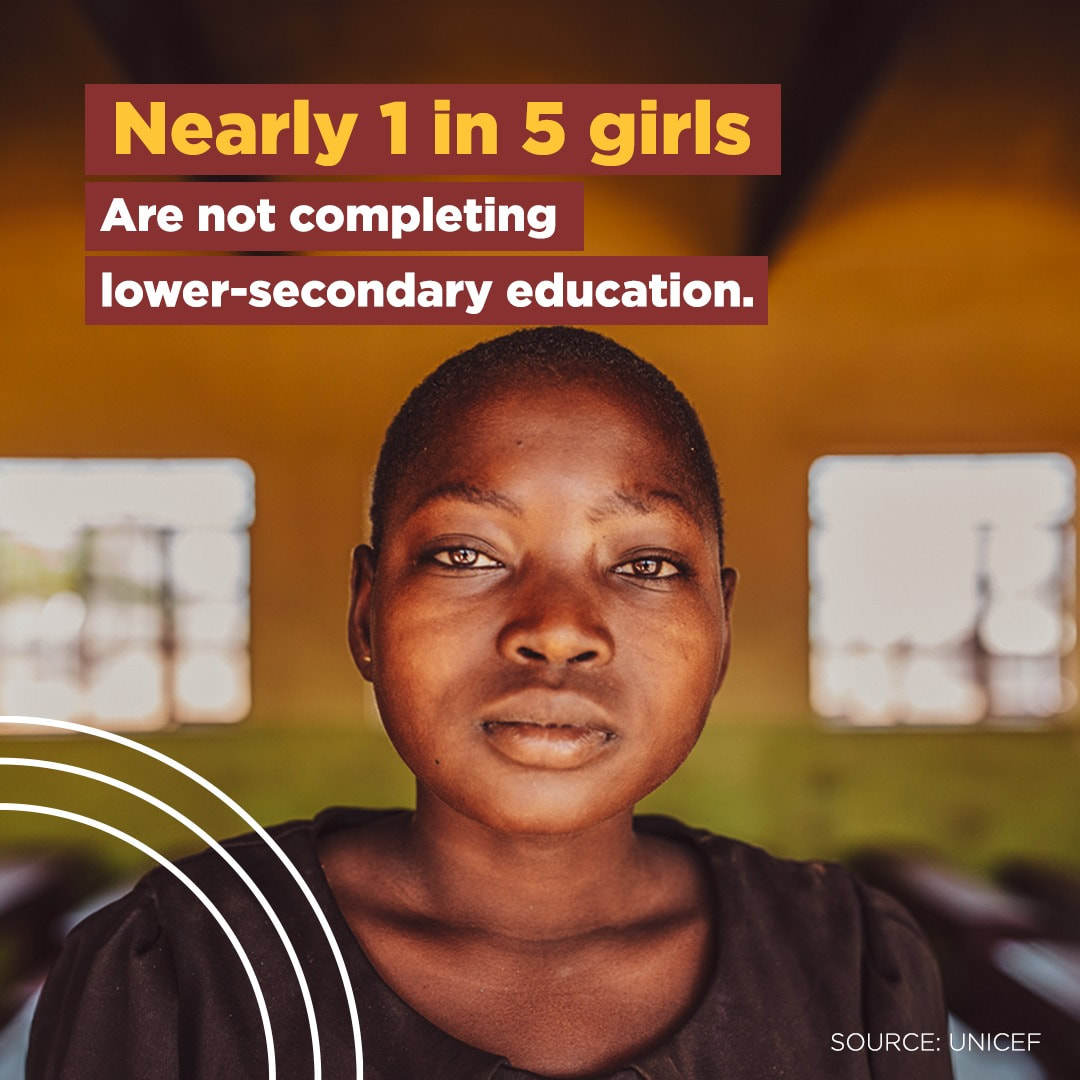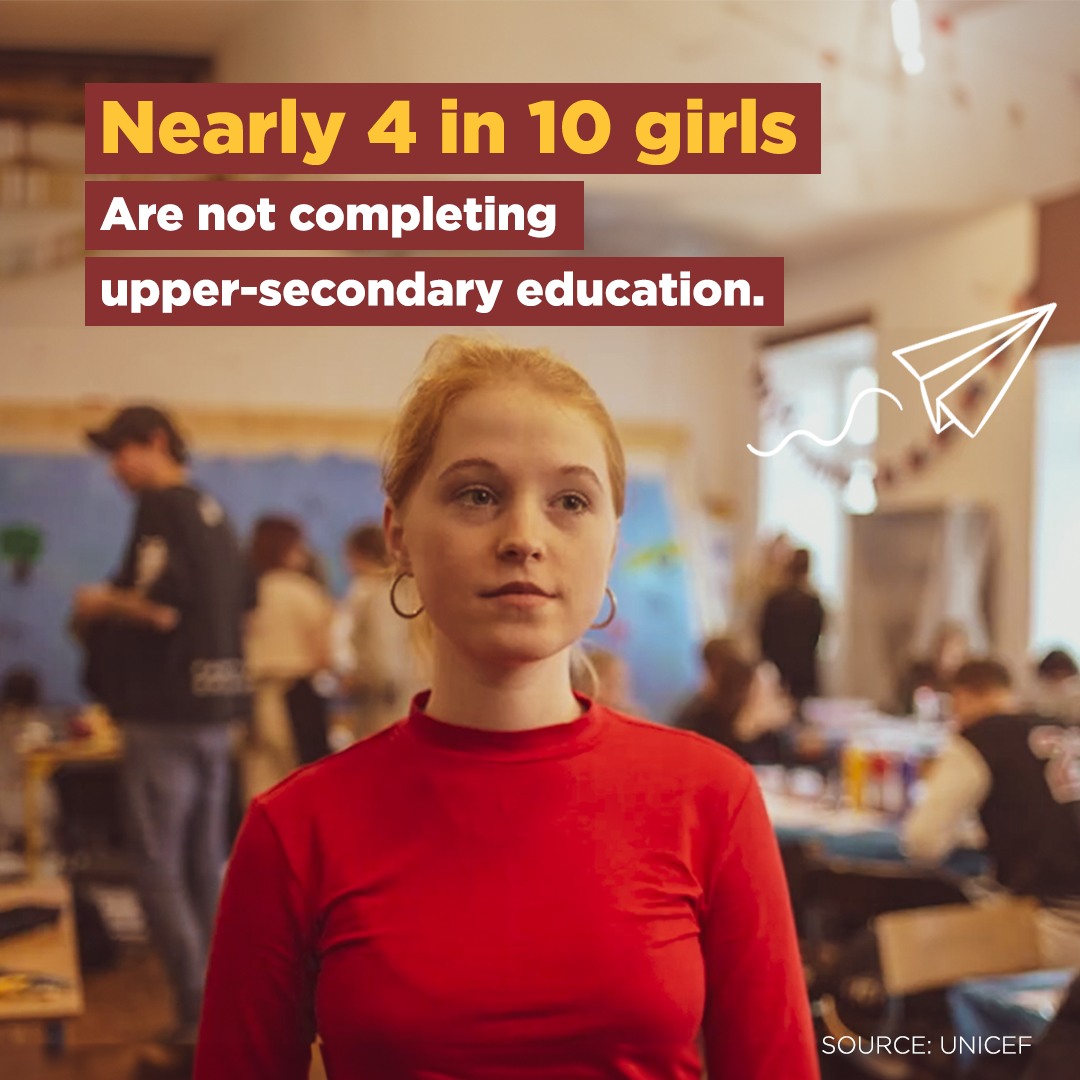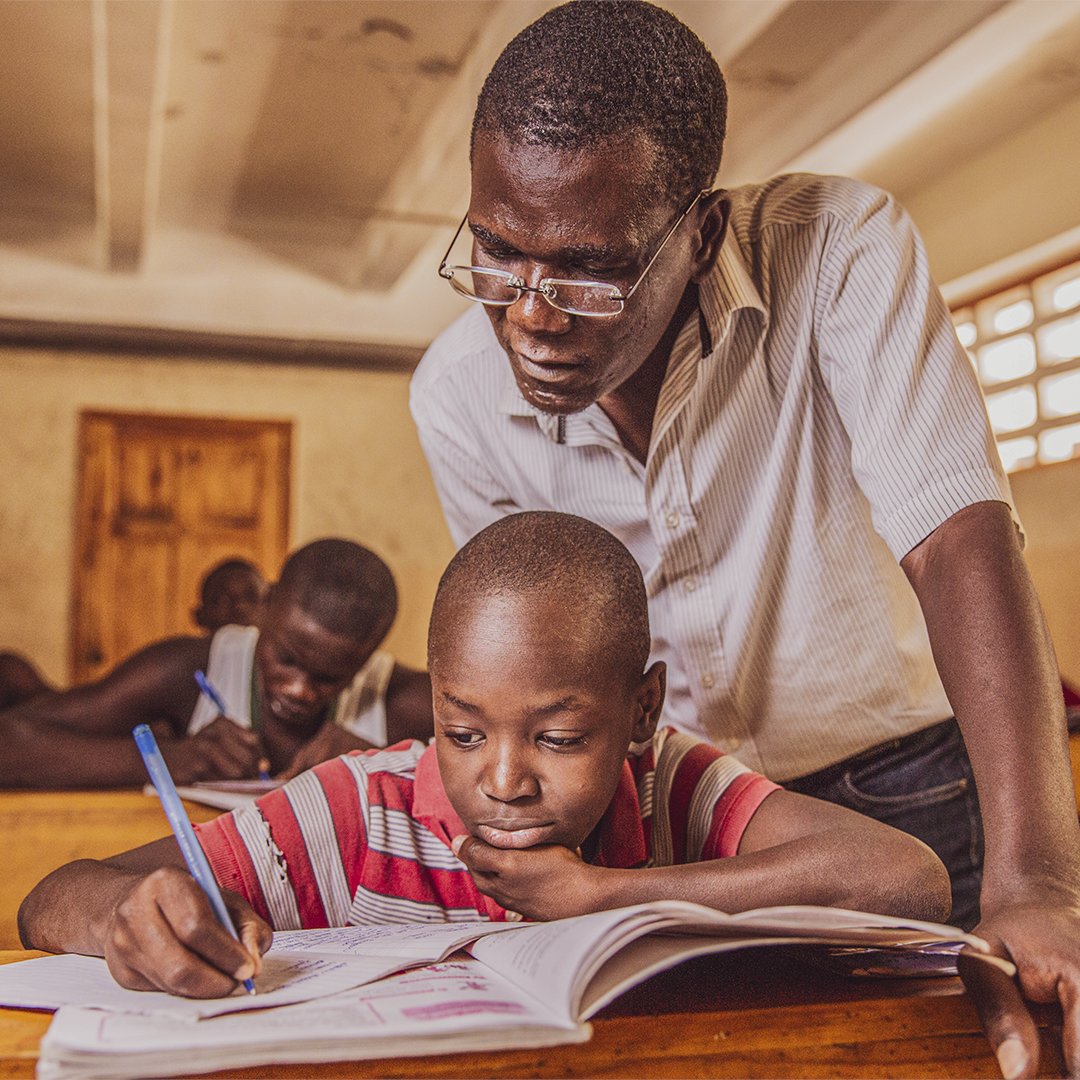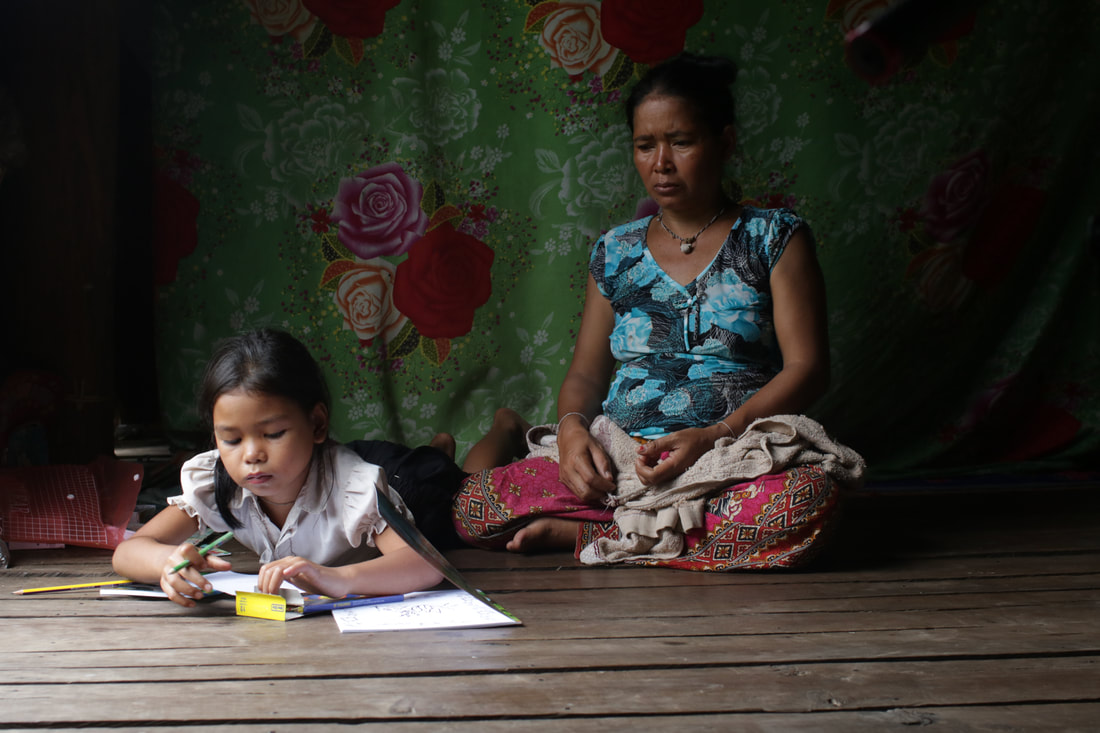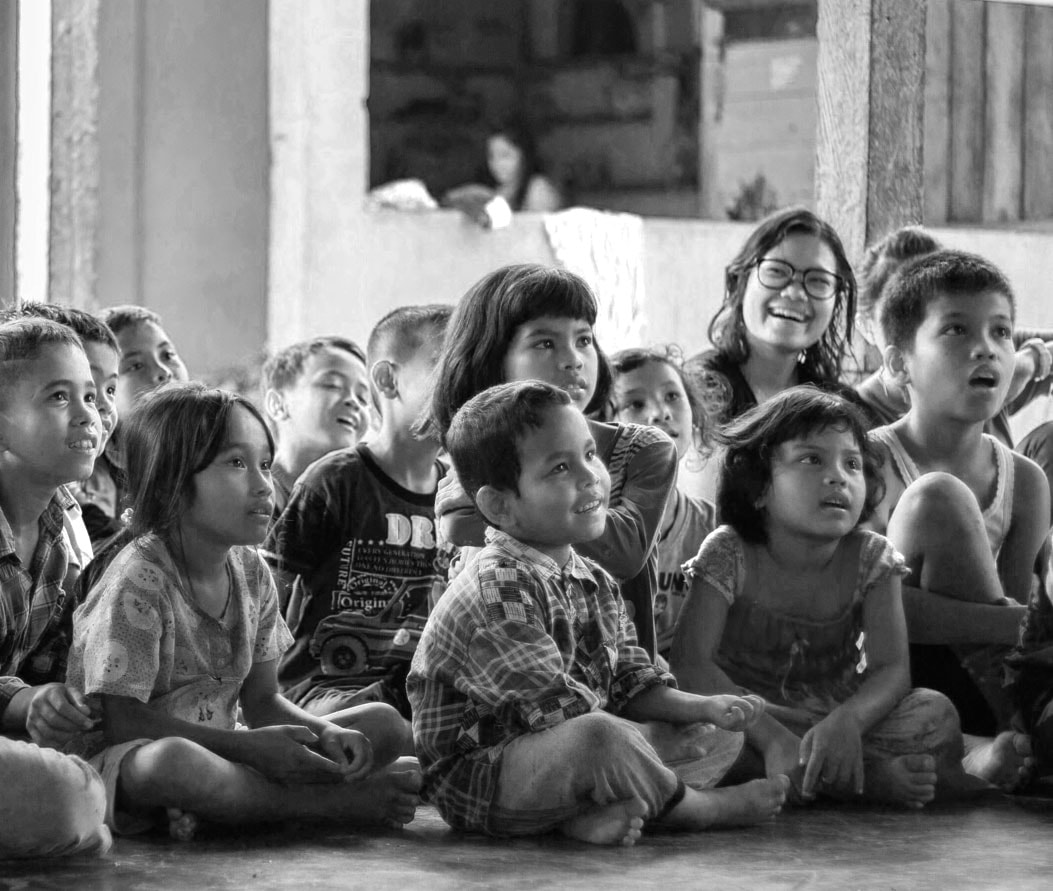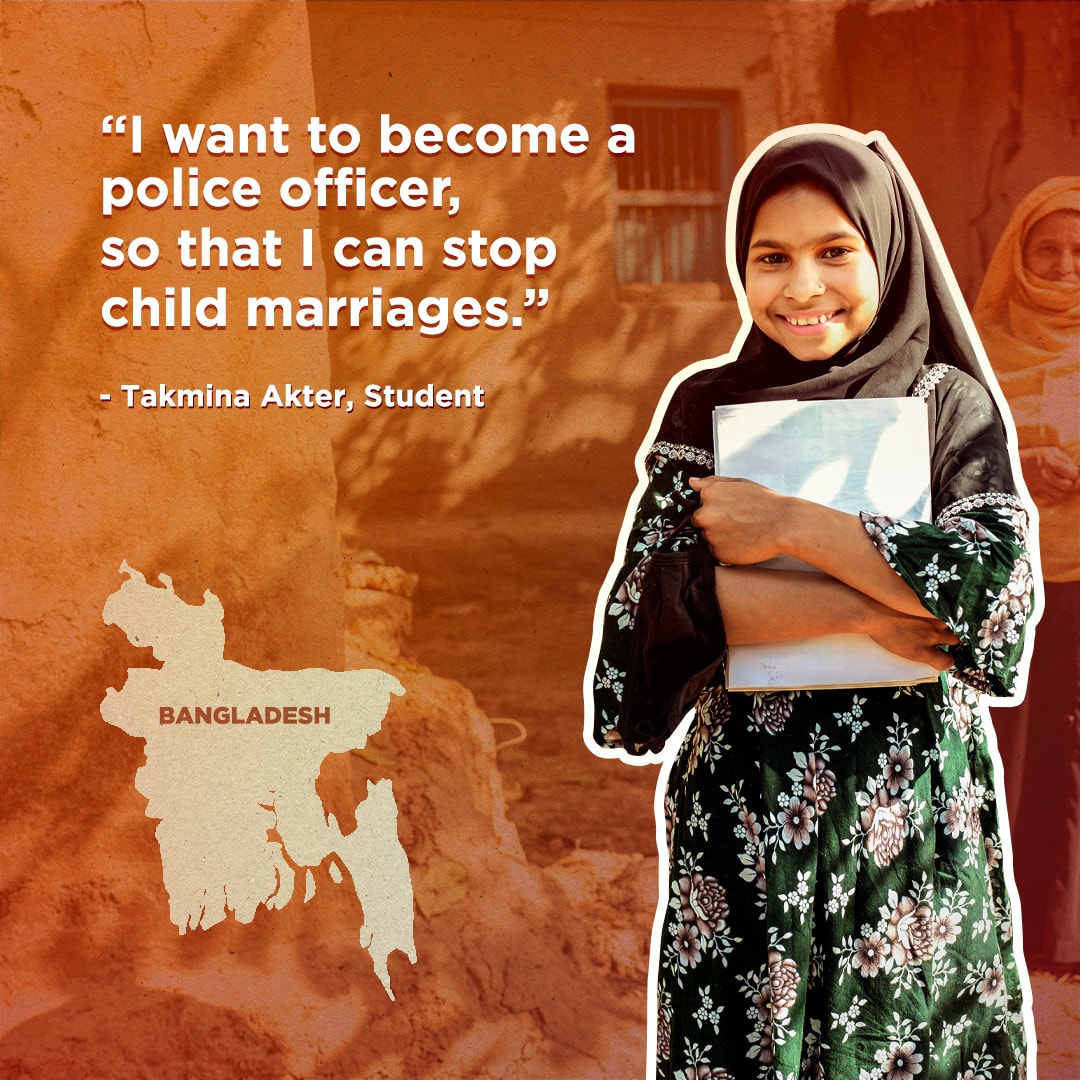05.09.2024
Combatting Learning Poverty
Learning Poverty is a term refers to the inability of a child to read and understand a simple text by the age of 10. What is surprising is that the World Bank considers learning poverty as one of the key indicators of a country’s economic growth. Children across the world face barriers preventing them from accessing quality education. This Learning Poverty affects almost 650 million children worldwide, stifling their life chances. Studies have also shown that children who are not reading at grade level are more likely to drop out of school. The fight against learning poverty will also require an integral, multi-sectoral approach supported by actions beyond the education sector, that is, in all the other areas essential to improve learning. For example, ensuring that all children can learn requires better water and sanitation, improved health and nutrition, better social protection for disadvantaged populations, civil service reforms, and strengthened management and financing of public services. All of this requires a whole-of-government approach to better learning outcomes. In 2023, the World Bank published a report on the state of learning poverty in Malaysia, revealing a rate of over 40%. This statistic is concerning, especially for the young generation hailing from low-income families and marginalised communities. Credit: WORLD ECONOMIC FORUM
Poverty deprives people of adequate education, health care and of life's most basic necessities- safe living conditions (including clean air and clean drinking water) and an adequate food supply. The developed (industrialized) countries today account for roughly 20 percent of the world's population but control about 80 percent of the world's wealth.
Poverty and pollution seem to operate in a vicious cycle that, so far, has been hard to break. Even in the developed nations, the gap between the rich and the poor is evident in their respective social and environmental conditions.
Poverty and pollution seem to operate in a vicious cycle that, so far, has been hard to break. Even in the developed nations, the gap between the rich and the poor is evident in their respective social and environmental conditions.






